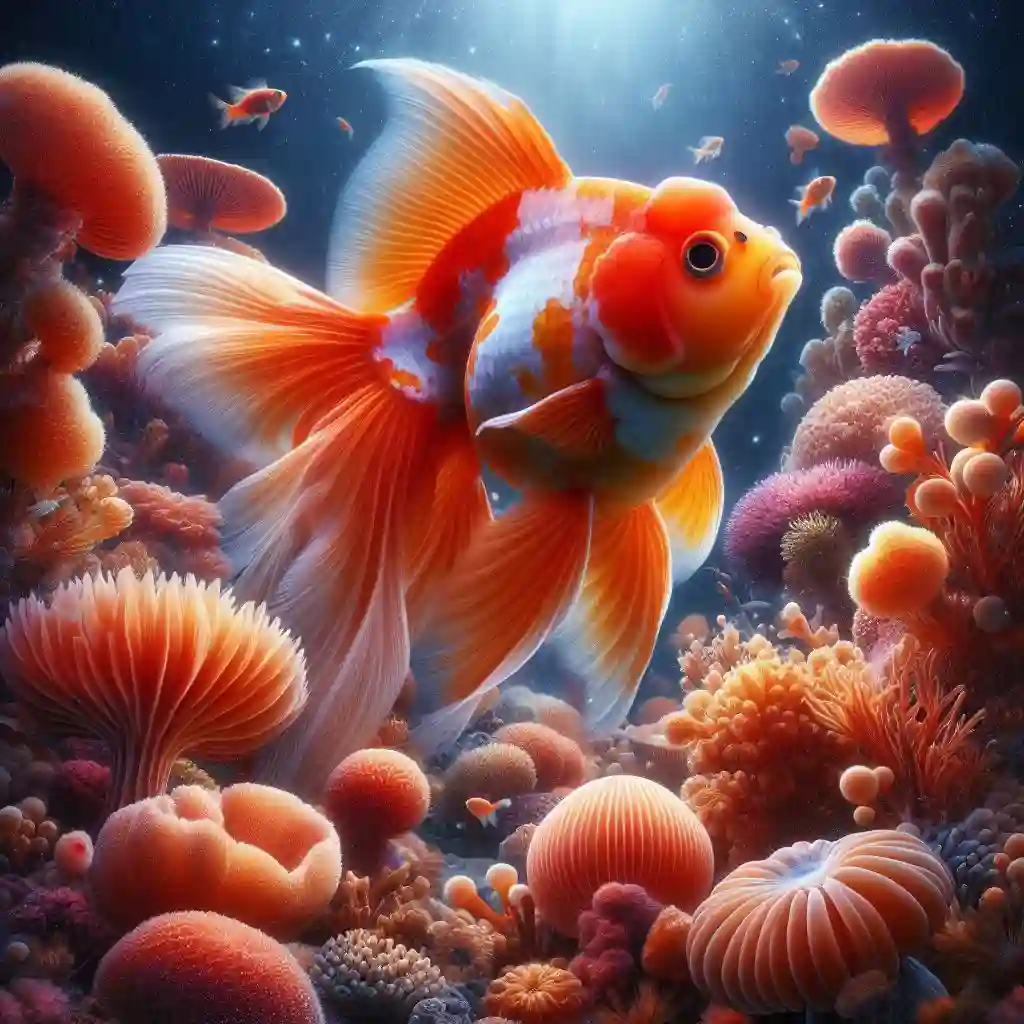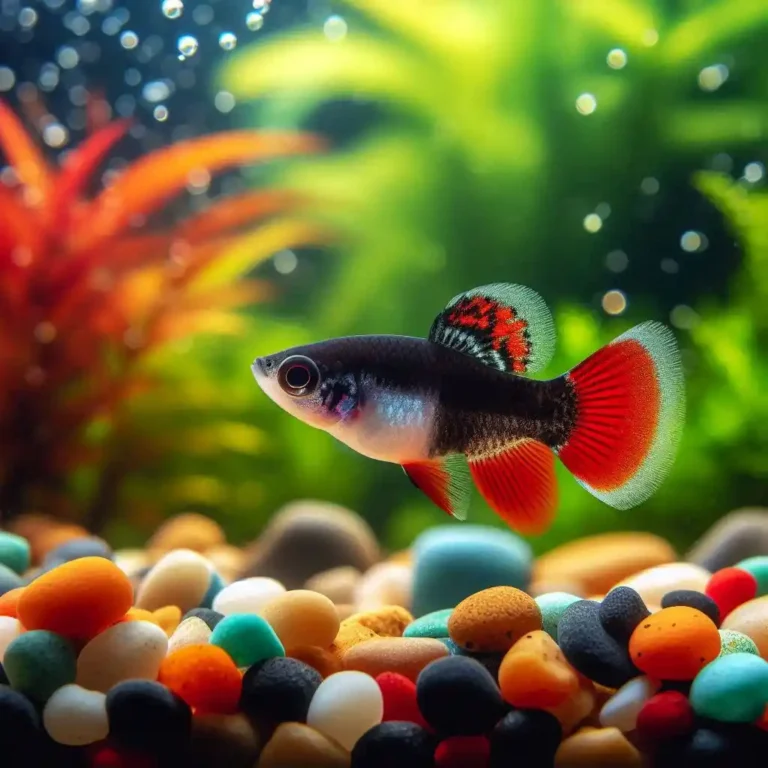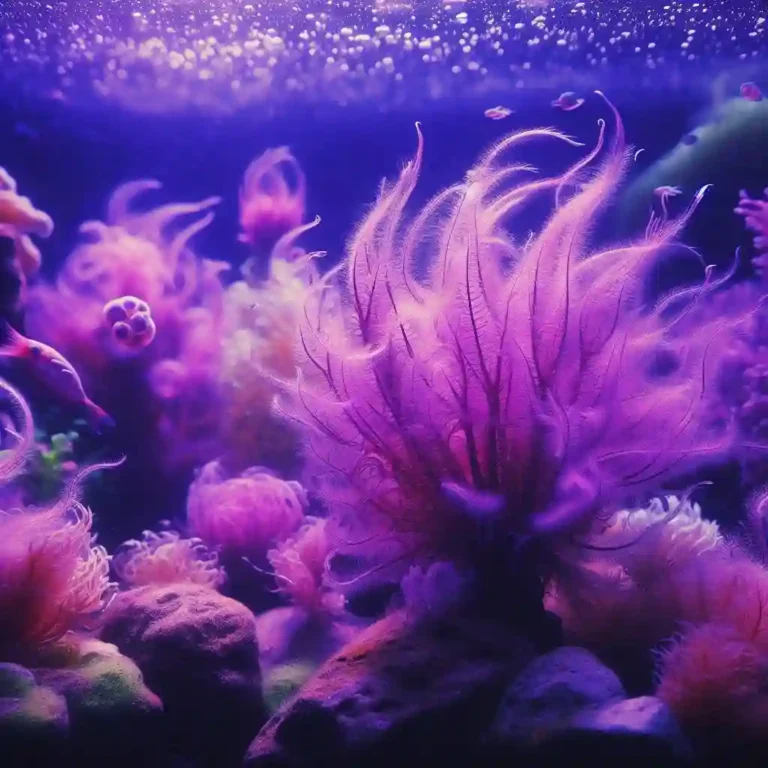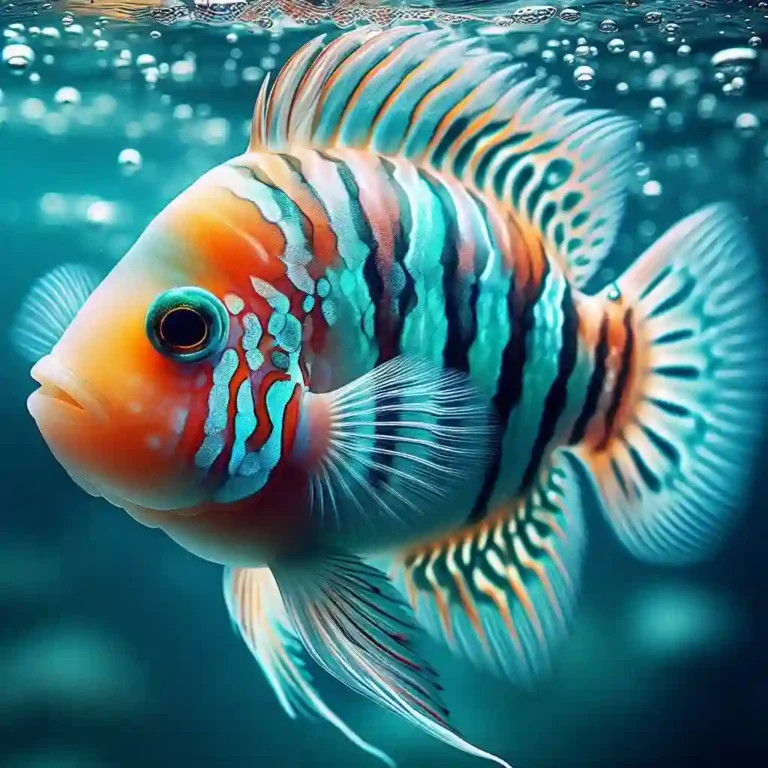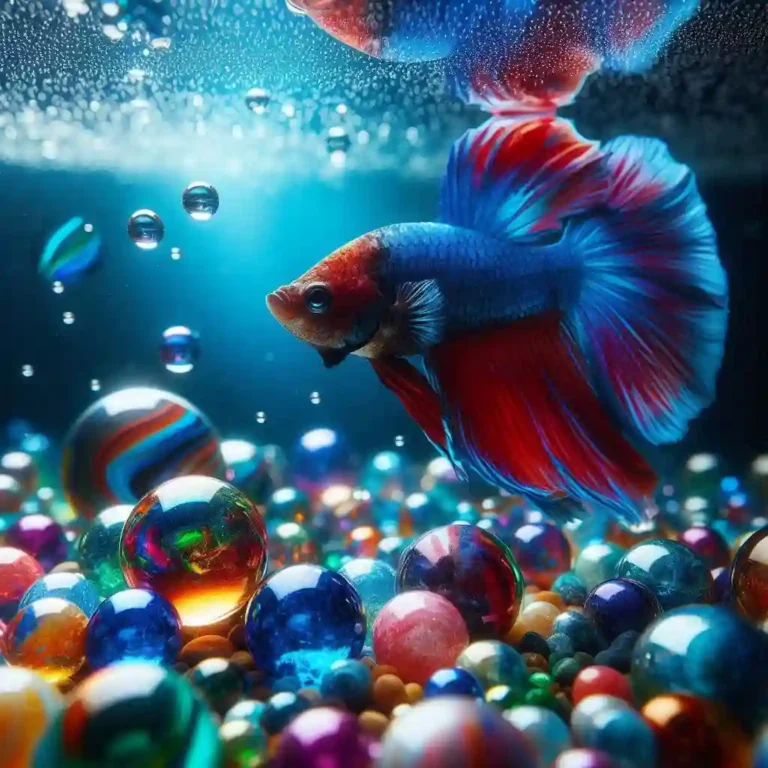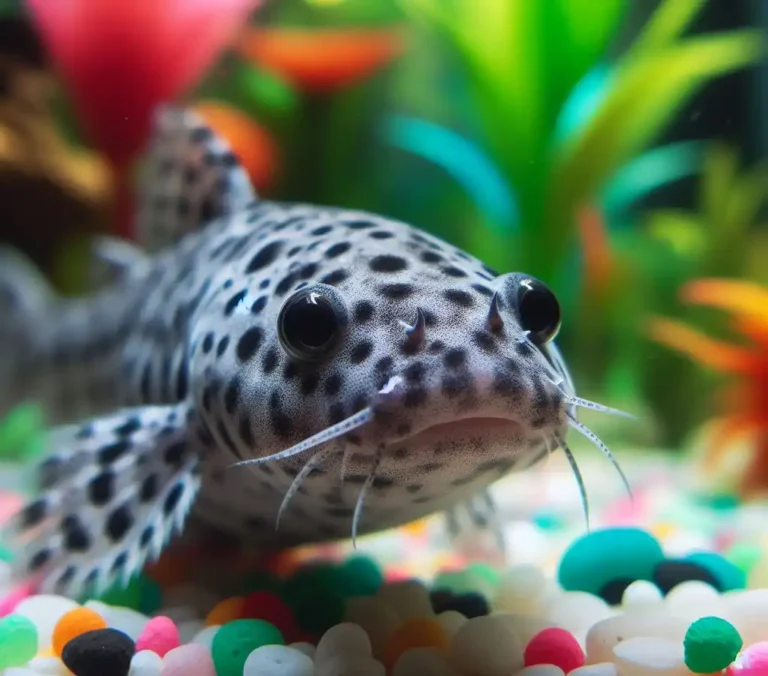White Spots on Goldfish: A Comprehensive Guide to Prevention and Treatment
White Spots on Goldfish: Are you worried about the mysterious white spots appearing on your beloved goldfish? You’re not alone! White spots can be a frustrating and concerning issue for many aquarium enthusiasts.
In this comprehensive guide, we’ll delve into the possible causes of white spots on goldfish, from pesky parasites to nutritional deficiencies.
White Spots on Goldfish: A Quick Guide
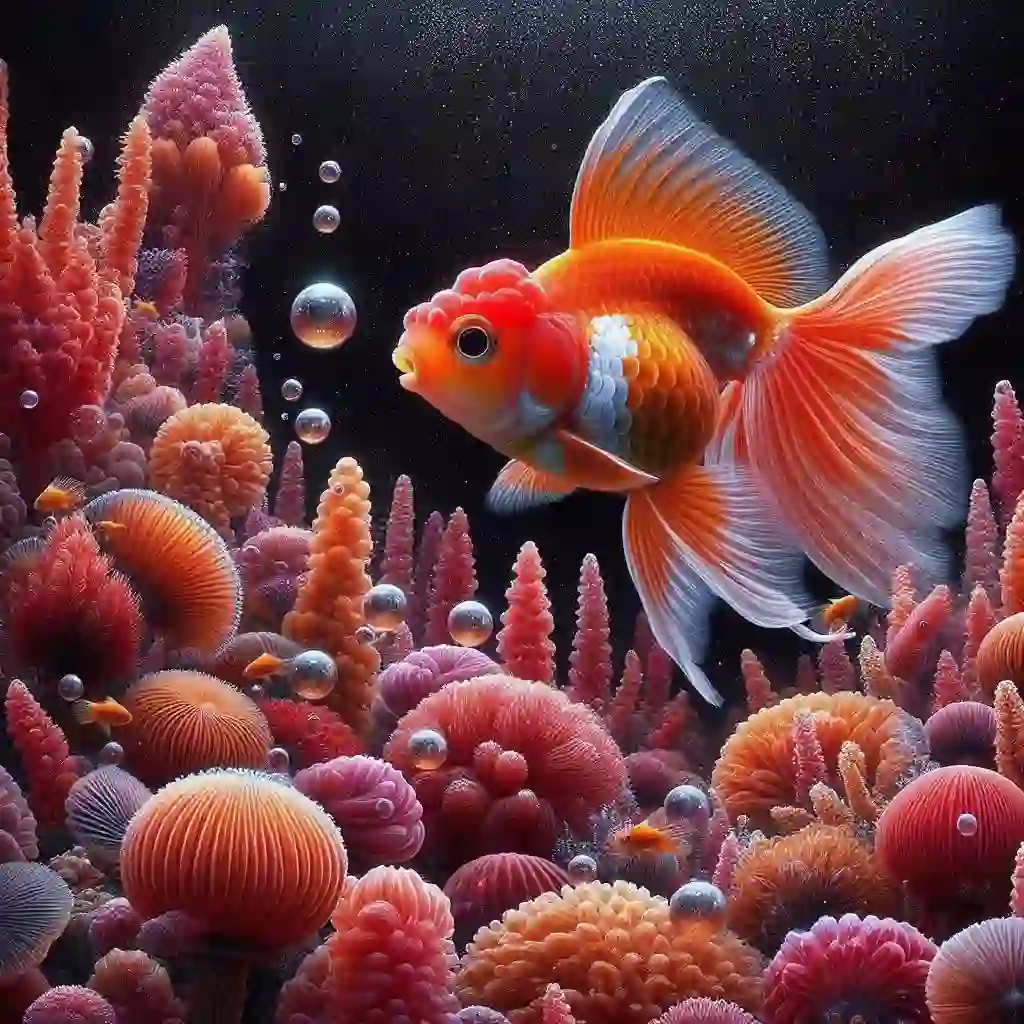
What are white spots on goldfish?
- White spots on goldfish are a common symptom of various diseases and parasites, including ich, velvet, and fungal infections.
Causes of white spots on goldfish:
- Poor water quality
- Stress
- Parasites
- Fungal infections
- Bacterial infections
Symptoms of white spots on goldfish:
- Small, white, salt-like grains on the fish’s body
- Fins clamped or held close to the body
- Rapid breathing
- Lethargy
- Loss of appetite
Treatment for white spots on goldfish:
- Antibiotics for bacterial infections
- Antifungals for fungal infections
- Antiparasitic medications for parasitic infections
- Water changes and improved water quality
- Quarantine and isolation of infected fish
Prevention is key:
- Maintain good water quality
- Provide a balanced diet
- Reduce stress
- Quarantine new fish
- Monitor your fish’s health regularly
When to seek professional help:
- If you’re unsure of the diagnosis or treatment
- If the infection is severe or widespread
- If you’ve tried treatment and the infection persists
- If you’re concerned about the health and well-being of your fish
What Are White Spots on Goldfish? Understanding the Appearance

White spots on goldfish can manifest in different ways, making it crucial to observe your fish closely to identify the characteristics of the spots.
Some common white spots on goldfish:
- Small, pinhead-sized dots: These tiny white spots may be scattered randomly across the fish’s body, fins, or tail.
- Larger, rounded patches: White patches can appear as rounded or oval-shaped marks, often with a rough, irregular edge.
- Fuzzy or cotton-like growths: In some cases, white spots may resemble a fuzzy or cotton-like growth, which can be a sign of a more serious underlying issue.
- Raised or flat spots: White spots can be raised above the surface of the fish’s scales or appear as flat, smooth patches.
Where Do White Spots Typically Appear?
White spots on goldfish can appear anywhere on the body, but they often occur in the following areas:
- Scales: White spots can appear on individual scales or cover larger areas of the fish’s body.
- Fins: White spots may develop on the dorsal, anal, or tail fins.
- Gills: In some cases, white spots can appear on the gill covers or around the gill slits.
What Do White Spots Feel Like?
If you gently net your goldfish and inspect the affected area, you may notice that the white spots:
- Feel rough or bumpy: In some cases, the white spots may feel rough or bumpy to the touch, indicating a possible fungal or bacterial infection.
- Feel smooth or flat: Alternatively, the white spots may feel smooth or flat, which could suggest a parasitic or skin condition.
Common Causes of White Spots on Goldfish: Bacterial, Fungal, and Parasitic Infections

White spots on goldfish can be caused by a variety of factors, including bacterial, fungal, and parasitic infections.
Bacterial Infections:
- Columnaris: A bacterial infection that can cause white spots or patches on the fish’s body, often accompanied by frayed fins and labored breathing.
- Aeromonas: A type of bacteria that can cause white spots, ulcers, and fin rot in goldfish.
Fungal Infections:
- Saprolegnia: A fungal infection that can cause white, cotton-like growths on the fish’s body, often accompanied by a sweet, earthy odor.
- Ichthyophonus: A fungal infection that can cause white spots or patches on the fish’s body, often accompanied by labored breathing and lethargy.
Parasitic Infections:
- Ich (Ichthyophthiriasis): A common parasitic infection caused by the protozoan Ichthyophthirius multifiliis, which can cause white spots or salt-grain-like spots on the fish’s body.
- Flukes (Monogenea): A type of parasitic flatworm that can cause white spots or patches on the fish’s body, often accompanied by flashing, rubbing, or rapid breathing.
- Lice (Argulus): A type of parasitic crustacean that can cause white spots or patches on the fish’s body, often accompanied by rapid breathing and erratic swimming.
Other Causes of White Spots on Goldfish:
- Vitamin deficiencies: Deficiencies in vitamins C or E can cause white spots or patches on the fish’s body.
- Environmental stress: Stress caused by changes in water temperature, pH, or other environmental factors can lead to white spots or patches on the fish’s body.
- Injury or trauma: Physical injury or trauma can cause white spots or patches on the fish’s body, often accompanied by inflammation or swelling.
How to Diagnose the Cause of White Spots on Your Goldfish

Step 1: Observe Your Fish
- Observe your fish’s behavior, appetite, and overall appearance.
- Note any changes in swimming patterns, appetite, or breathing rate.
- Look for any other signs of illness, such as labored breathing, lethargy, or rapid breathing.
Step 2: Inspect the White Spots
- Examine the white spots closely, noting their size, shape, color, and location on the fish’s body.
- Check if the spots are raised, flat, or fuzzy.
- Observe if the spots are isolated or widespread.
Step 3: Check Water Quality
- Test the water for ammonia, nitrite, and nitrate levels.
- Check the water temperature, pH, and hardness.
- Ensure the water is well-oxygenated and circulating properly.
Step 4: Quarantine the Fish (Optional)
- If you suspect a contagious disease or parasite, quarantine the affected fish in a separate tank.
- Monitor the fish’s behavior and appearance in the quarantine tank.
Step 5: Perform a Skin Scraping or Fin Clip
- Use a sterile scalpel or fin clip to collect a skin scraping or fin clip from the affected area.
- Examine the sample under a microscope to look for parasites, bacteria, or fungal infections.
Step 6: Consult a Fish Expert or Veterinarian
- If you’re unsure of the diagnosis or need further guidance, consult a fish expert or veterinarian.
- Provide detailed information about your fish’s symptoms, water quality, and any treatments you’ve tried.
Common Diagnostic Tools:
- Microscope: to examine skin scrapings or fin clips for parasites, bacteria, or fungal infections.
- Water test kits: to check water quality and detect any imbalances.
- Quarantine tank: to isolate the affected fish and monitor its behavior and appearance.
Treating White Spots on Goldfish: Medications, Environmental Changes, and Quarantine
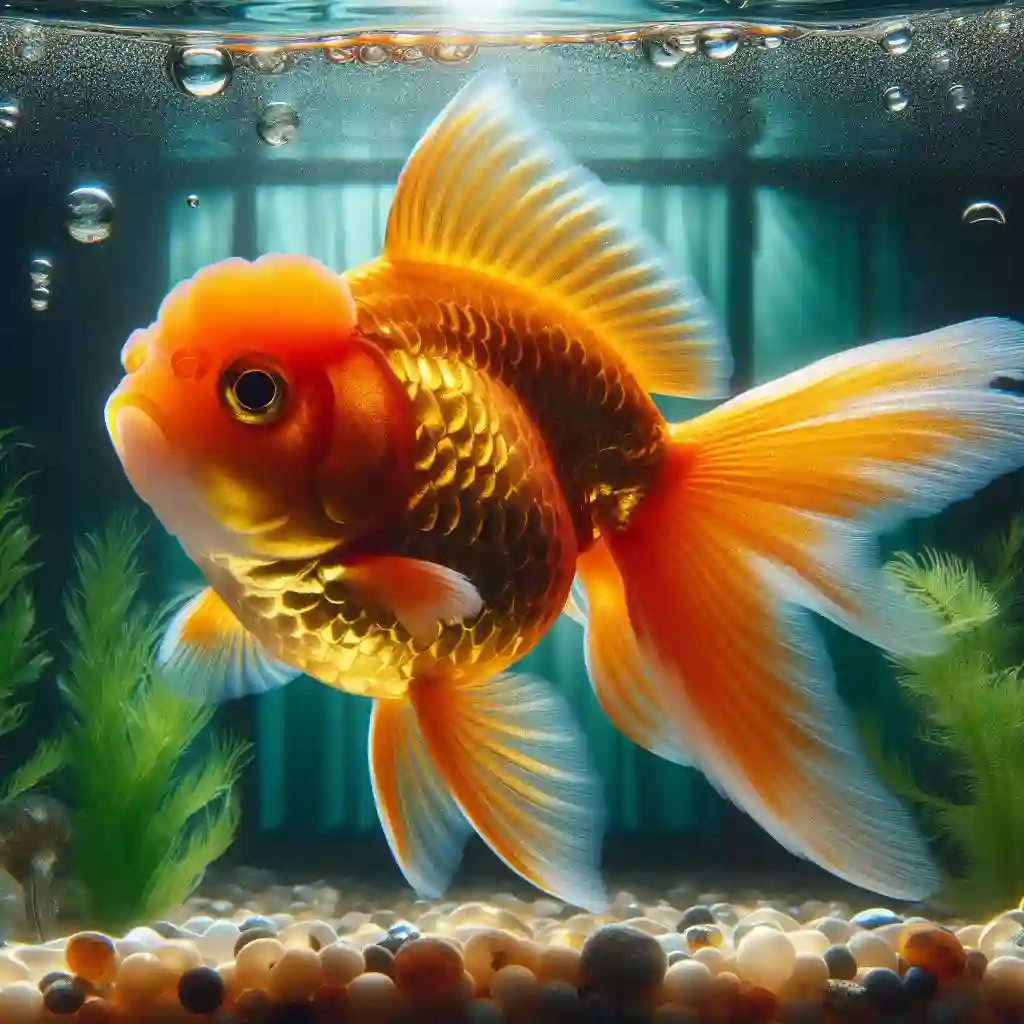
Medications:
- Antibiotics: For bacterial infections, antibiotics such as Kanamycin or Tetracycline can be effective.
- Antifungals: For fungal infections, antifungals like Malachite Green or Methylene Blue can be used.
- Antiparasitics: For parasitic infections, antiparasitics like Praziquantel or Levamisole can be effective.
Environmental Changes:
- Water Changes: Perform regular water changes (25-50% every 2-3 days) to remove toxins and reduce stress.
- Water Quality: Monitor and adjust water parameters, such as pH, ammonia, nitrite, and nitrate levels.
- Temperature: Maintain a stable temperature between 65°F to 75°F (18°C to 24°C).
- Water Circulation: Ensure good water circulation to prevent stagnant areas.
Quarantine Procedures:
- Quarantine Tank: Set up a separate quarantine tank with a heater, filter, and aerator.
- Isolate the Fish: Move the affected fish to the quarantine tank to prevent the spread of disease.
- Monitor and Treat: Monitor the fish’s behavior and appearance, and treat accordingly.
Additional Tips:
- Improve Water Quality: Regularly clean the gravel, decorations, and filter media to prevent the buildup of toxins.
- Provide a Balanced Diet: Offer a varied and nutritious diet to support your fish’s immune system.
- Reduce Stress: Minimize stress by avoiding sudden changes, providing plenty of hiding places, and maintaining a peaceful environment.
Preventing Future Outbreaks:
- Regular Water Changes: Perform regular water changes to maintain good water quality.
- Monitor Water Parameters: Regularly test water parameters to detect any imbalances.
- Quarantine New Fish: Quarantine new fish for at least 2-4 weeks before introducing them to the main tank.
- Maintain a Clean Tank: Regularly clean the tank, decorations, and filter media to prevent the buildup of toxins.
Tips For Preventing the Spread of White Spots
- Quarantine New Fish: Quarantine new fish for at least 2-4 weeks before introducing them to your main tank. This will help prevent the spread of diseases and parasites.
- Maintain Good Water Quality: Regularly test your water parameters and perform water changes (25-50% every 2-3 days) to maintain good water quality.
- Clean Your Tank Regularly: Clean your tank regularly, including the gravel, decorations, and filter media, to prevent the buildup of toxins and waste products.
- Avoid Overcrowding: Avoid overcrowding your tank, as this can lead to stress and disease.
- Provide a Balanced Diet: Provide a balanced diet that includes a variety of foods, such as flakes, pellets, and live foods.
- Monitor Your Fish’s Behavior: Monitor your fish’s behavior and appearance, and take action if you notice any signs of stress or disease.
- Avoid Using Copper-Based Medications: Avoid using copper-based medications, as they can be toxic to goldfish.
- Use a High-Quality Filter: Use a high-quality filter that can handle the biological load of your tank.
- Add Live Plants: Add live plants to your tank, as they can help to remove toxins and waste products.
- Avoid Sudden Changes: Avoid sudden changes in water temperature, pH, and other water parameters, as this can cause stress and disease.
Managing Stress and Improving Water Quality to Prevent White Spots on Goldfish
Stress and poor water quality are two of the most common causes of white spots on goldfish. By managing stress and improving water quality, you can prevent white spots and keep your goldfish healthy and thriving.
Managing Stress:
- Provide a Stable Environment: Avoid sudden changes in water temperature, pH, and other water parameters.
- Reduce Overcrowding: Ensure your tank is not overcrowded, as this can lead to stress and disease.
- Provide Hiding Places: Add plants, rocks, and other decorations to provide hiding places and reduce stress.
- Maintain a Regular Feeding Schedule: Feed your goldfish at the same time every day to reduce stress and anxiety.
- Avoid Sudden Changes: Avoid sudden changes in water temperature, pH, and other water parameters.
Improving Water Quality:
- Perform Regular Water Changes: Perform regular water changes (25-50% every 2-3 days) to remove toxins and waste products.
- Monitor Water Parameters: Regularly test water parameters, such as pH, ammonia, nitrite, and nitrate levels.
- Use a High-Quality Filter: Use a high-quality filter that can handle the biological load of your tank.
- Add Live Plants: Add live plants to your tank, as they can help to remove toxins and waste products.
- Avoid Overfeeding: Avoid overfeeding, as this can lead to poor water quality and stress.
Additional Tips:
- Provide a Balanced Diet: Provide a balanced diet that includes a variety of foods, such as flakes, pellets, and live foods.
- Avoid Using Copper-Based Medications: Avoid using copper-based medications, as they can be toxic to goldfish.
- Monitor Your Fish’s Behavior: Monitor your fish’s behavior and appearance, and take action if you notice any signs of stress or disease.
When to Seek Professional Help: Recognizing When Your Goldfish Needs Veterinary Care
1. Severe Symptoms: If your goldfish is experiencing severe symptoms such as labored breathing, rapid breathing, or lethargy, seek veterinary care immediately.
2. Unresponsive to Treatment: If your goldfish’s condition does not improve with home treatment, or if the symptoms worsen, seek veterinary care.
3. Injuries or Trauma: If your goldfish has suffered an injury, such as a torn fin or a wound, seek veterinary care to prevent infection and promote healing.
4. Chronic Illness: If your goldfish has a chronic illness, such as a recurring infection or a persistent skin condition, seek veterinary care to manage the condition and prevent complications.
5. Unusual Behavior: If your goldfish is exhibiting unusual behavior, such as erratic swimming, loss of appetite, or hiding excessively, seek veterinary care to rule out underlying health issues.
6. Sudden Changes: If your goldfish’s behavior or appearance changes suddenly, such as a sudden change in color, shape, or size, seek veterinary care to diagnose and treat any underlying conditions.
What to Expect from a Veterinary Visit
When you take your goldfish to a veterinarian, you can expect:
- A thorough examination of your fish, including a physical examination and review of its medical history
- Diagnostic tests, such as water quality tests, bacterial cultures, or biopsies, to determine the underlying cause of the condition
- A diagnosis and treatment plan, which may include medication, surgery, or other interventions
- Guidance on how to care for your goldfish during its recovery
Tips for Keeping Your Goldfish Healthy and White Spot-Free
- Maintain Good Water Quality: Regularly test and adjust water parameters, such as pH, ammonia, nitrite, and nitrate levels, to ensure they are within the ideal range for your goldfish.
- Provide a Balanced Diet: Offer a varied and nutritious diet that includes a mix of flakes, pellets, and live foods.
- Avoid Overcrowding: Ensure your tank is not overcrowded, as this can lead to stress and disease.
- Provide Regular Water Changes: Perform regular water changes (25-50% every 2-3 days) to remove toxins and waste products.
- Monitor Your Fish’s Behavior: Keep a close eye on your goldfish’s behavior and appearance, and take action if you notice any signs of stress or disease.
- Avoid Using Copper-Based Medications: Avoid using copper-based medications, as they can be toxic to goldfish.
- Use a High-Quality Filter: Use a high-quality filter that can handle the biological load of your tank.
- Add Live Plants: Add live plants to your tank, as they can help to remove toxins and waste products.
- Avoid Sudden Changes: Avoid sudden changes in water temperature, pH, and other water parameters, as this can cause stress and disease.
- Quarantine New Fish: Quarantine new fish for at least 2-4 weeks before introducing them to your main tank to prevent the spread of diseases and parasites.
- Clean Your Tank Regularly: Regularly clean your tank, including the gravel, decorations, and filter media, to prevent the buildup of toxins and waste products.
- Monitor Your Fish’s Health: Regularly monitor your goldfish’s health and take action if you notice any signs of stress or disease.
FAQs
Q: What are white spots on goldfish?
A: White spots on goldfish are a common symptom of various diseases and parasites, including ich, velvet, and fungal infections.
Q: What causes white spots on goldfish?
A: White spots on goldfish can be caused by a variety of factors, including poor water quality, stress, and parasites.
Q: How do I treat white spots on my goldfish?
A: Treatment for white spots on goldfish depends on the underlying cause. Common treatments include antibiotics, antifungals, and antiparasitic medications.
Q: Can I prevent white spots on my goldfish?
A: Yes, you can prevent white spots on your goldfish by maintaining good water quality, providing a balanced diet, and reducing stress.
Q: How do I diagnose white spots on my goldfish?
A: Diagnosing white spots on goldfish involves observing the fish’s behavior and appearance, performing water tests, and conducting a physical examination.
Q: Can white spots on goldfish be contagious?
A: Yes, some causes of white spots on goldfish can be contagious, such as ich and velvet. It’s essential to quarantine infected fish to prevent the spread of disease.
Q: How long does it take to treat white spots on goldfish?
A: The treatment time for white spots on goldfish varies depending on the underlying cause and severity of the infection. In some cases, treatment can take several weeks or even months.
Q: Can I use over-the-counter medications to treat white spots on my goldfish?
A: While over-the-counter medications can be effective in treating some cases of white spots on goldfish, it’s essential to consult with a veterinarian or experienced aquarist to ensure proper diagnosis and treatment.

Hello, I’m Aria Cooper, the heart and soul behind Swimmy Buddies. As a devoted fish aficionado, I share my aquatic adventures and expertise to inspire your own underwater explorations. 🐠🌊

